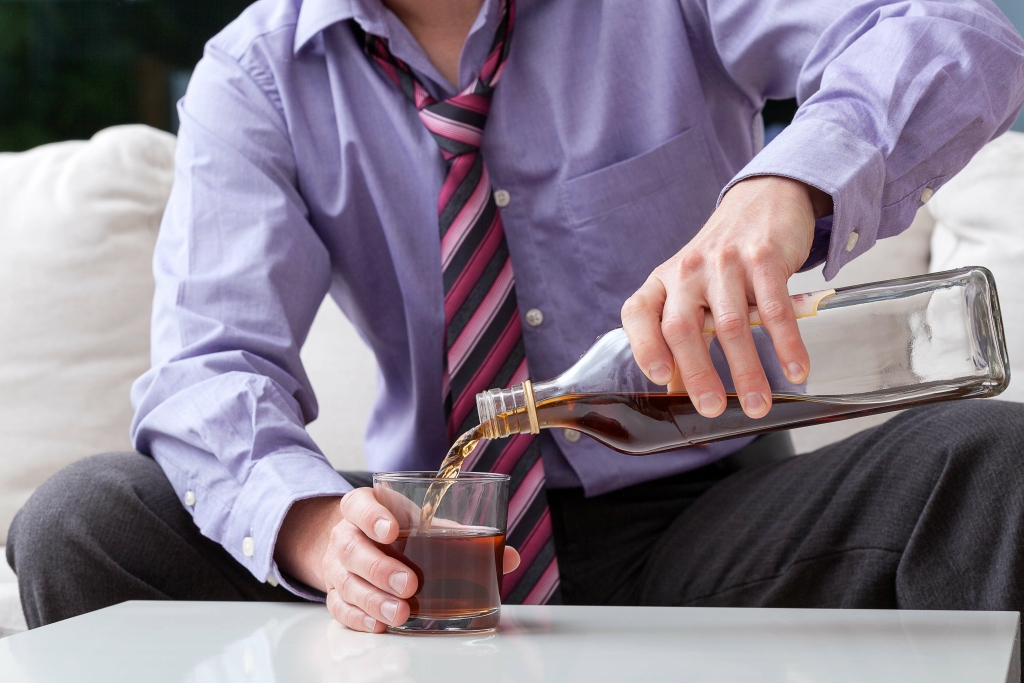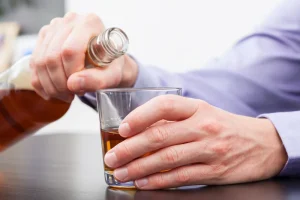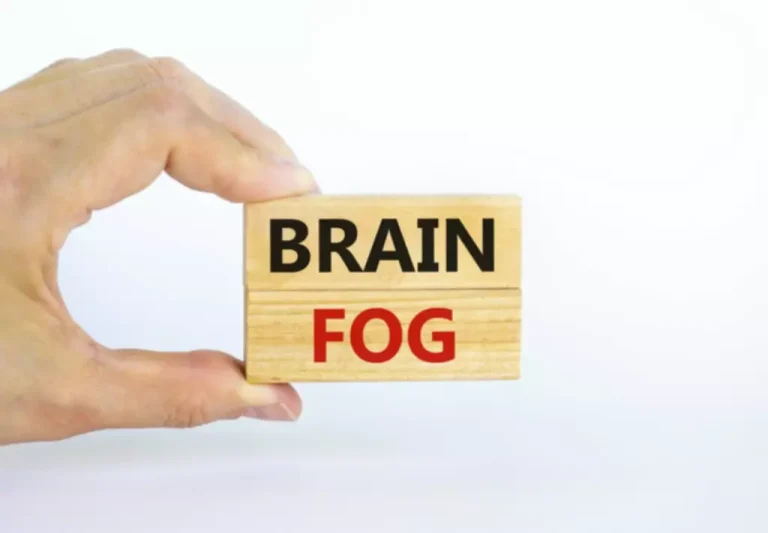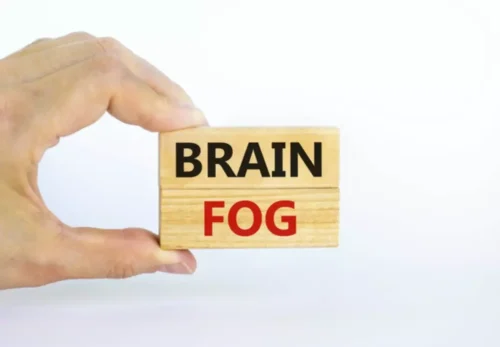Alcohol Detox Shakes & Tremors: How to Stop Them The Recovery Village Columbus Drug and Alcohol Rehab
Content
It is recommended to eat foods that are rich in vitamins and minerals, such as fruits, vegetables, whole grains, and lean protein. Alcohol withdrawal shakes are a common symptom of alcohol withdrawal and can range from mild to severe. They typically occur within hours of a person’s last drink and can last for several days. The shakes are involuntary and can affect various parts of the body, including the hands, arms, legs, and head.
Recovery Programs
Alamo Behavioral Health Addiction Treatment Center is dedicated to providing comprehensive and effective residential treatment for individuals seeking recovery from addiction. We recognize the profound significance of residential treatment in the journey toward long-term sobriety and overall well-being. Reach out to learn more about the various aspects of our residential treatment program and understand the importance of this modality in promoting lasting recovery and a brighter future. It is important to be aware of the signs of alcohol abuse and addiction. This article will explore alcohol withdrawal shakes and other symptoms that could indicate you need help to quit drinking. The more your physical and mental health improves, the less likely you are to experience tremors or other residual withdrawal symptoms, and the greater quality of life you will enjoy.
Call Zelus Recovery Today to Begin Alcohol Treatment
- Delirium tremens occur in about 2% of people with alcohol dependence.
- This is part of our ongoing commitment to ensure FHE Health is trusted as a leader in mental health and addiction care.
- They can range from mild to severe and can be debilitating for those experiencing them.
- The shakes are caused by changes in the body’s neurotransmitters, specifically GABA and glutamate.
- Medical supervision is crucial when struggling with alcohol withdrawal and shakes, as other, more dangerous symptoms often accompany withdrawal-induced tremors.
- You’ll meet millions of fellow Reframers in our 24/7 Forum chat and daily Zoom check-in meetings.
Most medical professionals describe it as a medical emergency because of its life-threatening symptoms. Alcohol withdrawal shakes are caused by the body’s reaction to suddenly stopping alcohol consumption. When a person drinks alcohol regularly, their body becomes dependent on it to function properly. When they stop drinking, the body goes into shock and experiences withdrawal symptoms, including tremors. Symptoms can include trembling hands, arms, legs, and head, as well as sweating, anxiety, and difficulty sleeping.
Getting help and support
Always consult a healthcare provider to determine the best course of action. Severe cases of alcohol withdrawal can result in delirium tremens (DTs), a potentially fatal condition that requires immediate medical attention. Symptoms of DTs include severe confusion, rapid heartbeat, fever, hallucinations, and seizure. Due to the potentially life-threatening nature of severe alcohol withdrawal symptoms, medical assistance should be sought to safely manage the detox process. Recognizing these signs is crucial for timely intervention and treatment. Tremors, or “the shakes,” are a common symptom of alcohol withdrawal.
During detox, you will learn to overcome your cravings and better manage the withdrawal symptoms that ensue. It is here that providers will determine what if any medications you need to assist you in this process. Recovery from alcohol use is a journey that extends far beyond the initial detoxification. It’s about crafting a new, fulfilling life where sobriety takes center stage.
Evidence-Based Treatment
They can range from mild to severe, and are typically accompanied by anxiety, sweating, and irritability. When a person consumes alcohol, it alters GABA receptor functioning and glutamate receptor activity, leading to the slowing down of brain function. This results in the decreased anxiety and sedation that drinkers often experience. Upon cessation, the body attempts to compensate for this imbalance, which can cause shakes and other withdrawal symptoms. Alcohol detox shakes are primarily caused by the body’s reaction to the absence of alcohol after a period of heavy consumption. The central nervous system, having adapted to the depressant effects of alcohol over time, becomes hyperactive when alcohol is suddenly removed.
- Factors like the severity of alcohol dependence and the person’s health conditions can affect this timeline.
- Medical detoxification is the process of allowing your body to rid itself of toxins, including alcohol and other drugs.
- One of the most effective natural alternatives is to drink plenty of fluids, such as water or sports drinks, in order to rehydrate the body.
- In this article, we will explore various techniques on how to stop alcohol shakes naturally and regain control over your body.
- This article will review alcohol shakes, their causes, treatment, the other signs of alcohol withdrawal, and when a person should contact a doctor.
Other long-term effects can include damage to the nervous system, cognitive impairment, and an increased risk of addiction. Severe alcohol tremors can be a sign of a serious withdrawal drug addiction complication that may result in seizures. Studies have found that withdrawal seizures can occur in 11-33% of alcohol-dependent individuals.3 If you are experiencing severe tremors, seek medical attention right away. As mentioned above, tremors, also known as “alcohol shakes”, are a common side effect of alcohol withdrawal. In simple terms, these are fits of involuntary shaking that occur in a person’s body, either centralized to one area or throughout the whole body.
Continuous monitoring for complications is crucial, especially for individuals at risk of severe withdrawal symptoms. Supportive care also includes ensuring a safe environment to prevent injury during episodes of confusion or seizures. Diagnosis is usually based drug addiction on a series of physical and brain examinations.
- The body is depleted of hydration the more an individual consumes alcohol in one sitting.
- Attempting to navigate withdrawal symptoms without medical oversight can be risky.
- You should combat alcohol withdrawal in a professional rehab center, as quitting alcohol completely on your own can result in dangerous withdrawal symptoms.
- The severity of alcohol shakes can vary, ranging from mild trembling to severe shakiness that interferes with daily activities.
- As mentioned above, tremors, also known as “alcohol shakes”, are a common side effect of alcohol withdrawal.
You’ll visit a clinic regularly for check-ups and medication while staying at home. Both treatments prioritize patient safety and aim for a successful detoxification process. Other medications might include anticonvulsants to prevent seizures and beta-blockers to manage palpitations.
Fortunately, there are ways to reduce the severity of the shakes and stop them altogether. Alcohol shakes and tremors are common and challenging symptoms of alcohol withdrawal, often causing discomfort and concern for those experiencing them. These involuntary movements can be a sign that the body is reacting to the absence of alcohol after a period of heavy drinking. With early intervention and the right support, managing and eventually overcoming these shakes during detox is possible, paving the way to a healthier, alcohol-free life. Alcohol shakes can be a scary and painful symptom of alcohol withdrawal. Thankfully, there are a few steps you can take to help get rid of them.












